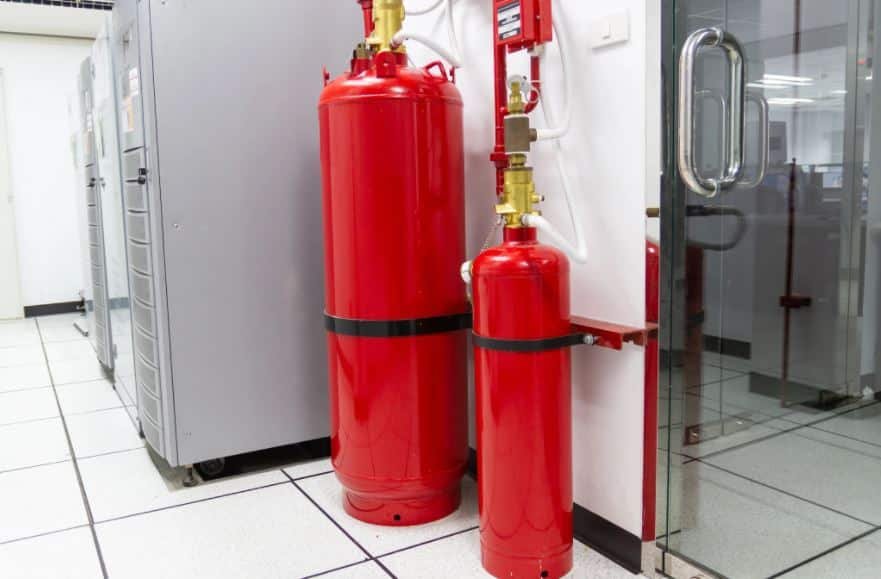Business
Which Fire Suppression System is the Best for your Business Entity?

A fire suppression system helps save lives and protect assets like financial records, industrial equipment, server rooms, historical sites, and much more. Some fire suppression systems utilize gaseous suppression agents for preventing fire immediately and lessen destruction significantly. Here in this article, we will discuss different kinds of fire suppression systems and will guide you about their working so that you can choose the best for your business entity.
When we talk about industrial fire suppression systems, one type cannot suit the needs of every commercial space as they use different types of gasses for suppressing the fire, like Clean Agent Gas, Carbon Dioxide, Halon, Inert Gases, etc. Are you wondering what kind of fire suppression system is ideal for your commercial premises? Let’s have a look at some of the different types of systems to help you choose the best option.
[lwptoc]
-
Clean agents
These types of fire suppression systems use various kinds of gases. Two of the widely used gasses are FK-5-1-12 (Novek 1230) and HFC-227EA (FM-200). The key benefit of using clean agents is that they won’t damage any electrical components or fragile instruments. Hence, they’re deemed to be the best solution for averting fire near irreparable assets such as computers, servers, and other costly equipment.
Another great benefit is that they are safe to use in congested spaces. Though a few fire suppression systems need a network of nozzles and piping, more advanced designs have modular units to ease installation. Customers can also select gas cylinder sizes on the basis of the room’s volume or space being shielded. It’s also possible to alter the quantity of agents for a more accurate fit.
-
Carbon dioxide (CO2)
A carbon dioxide fire suppression system suppresses fire by decreasing the levels of oxygen in the affected space. This system is ideally installed in cabinets or storage areas where hazardous materials are stored. It cannot be installed in an area that is accessible to people as carbon dioxide carries a life threat due to suffocation.
As CO2 is storable at very low temperatures, it is not advisable to shield electronic equipment against fire because of the thermal shock risk. When sprayed, carbon dioxide can frost electronic components, causing thermal shock and permanent damage. Therefore, this type of fire suppression system is a better option for guarding electronic devices.
-
Halon
These types of fire suppression systems commanded for years as they can be applied in spaces like data centers, museums, surgical suites, libraries, and IT rooms. Anyhow, the huge disadvantage of halon gas is that it is dangerous to humans, and resultantly it was banned by the Montreal Protocol in 1989. But still, you can get halon fire suppression systems, which are properly maintained and closely administered and can only be utilized in specific applications.
-
Inert gas
These types of fire suppression systems use 3 kinds of gases i.e. nitrogen, inergen, and aragonite. These gases diminish fire by eliminating oxygen, without possessing a suffocation hazard.
The fire suppression system cost depends on the type of gas that is used in it. Make sure you have made the right choice for your business entity.
Read more: CarGuard Vehicle Protection Plans Bolster Any Car’s Value
-

 Celebrity4 weeks ago
Celebrity4 weeks agoIs YNW Melly Out Of Jail? What Is The YNW Melly Release Date, Career, Early Life, And More
-

 Sports4 weeks ago
Sports4 weeks agoMore Than Just a Game: How College Sports Can Shape Your Future
-

 Tech3 weeks ago
Tech3 weeks agoAI Software: Transforming the Future of Technology
-

 Tech3 weeks ago
Tech3 weeks agoAll About Com. Dti. Folder Launcher: Features, Benefits, Tips, And More













